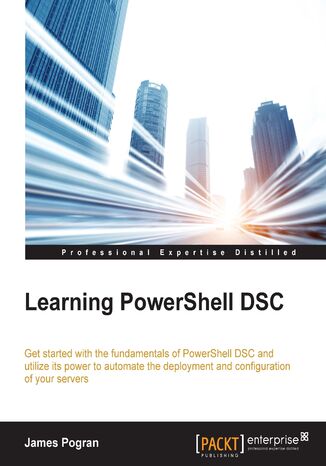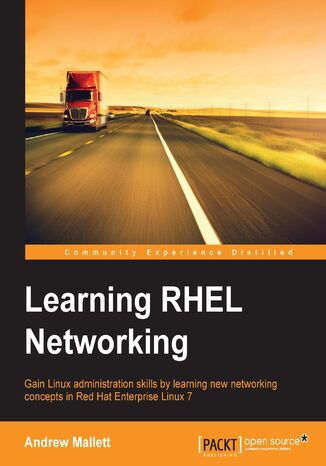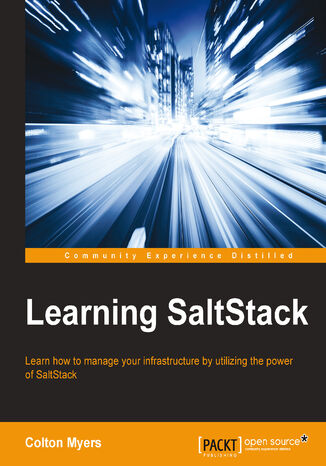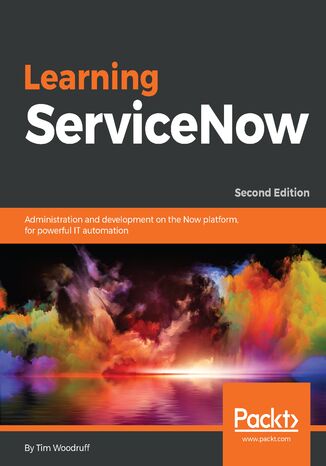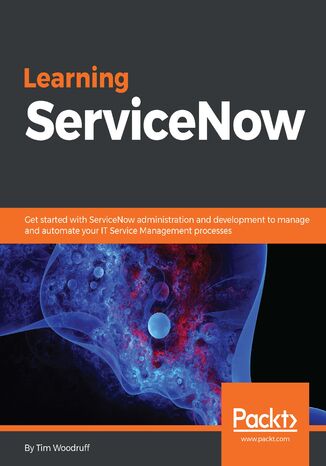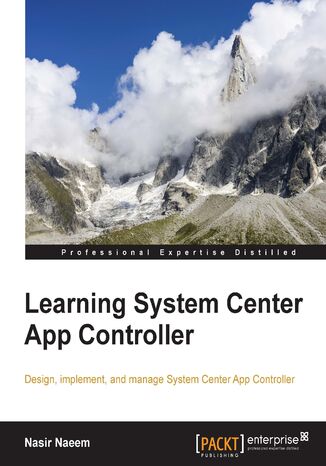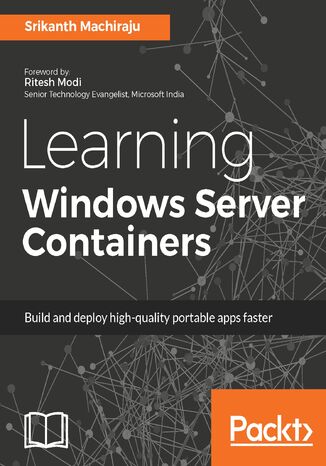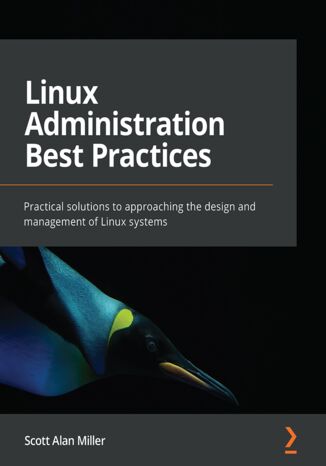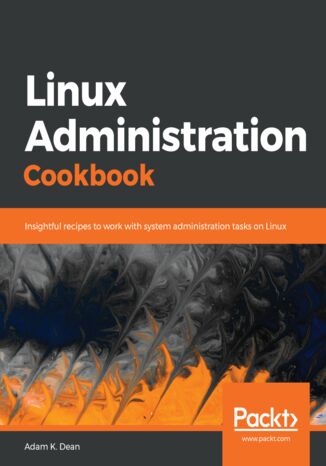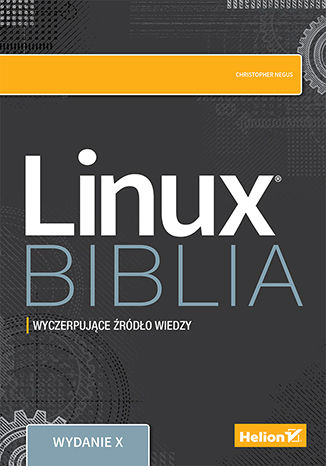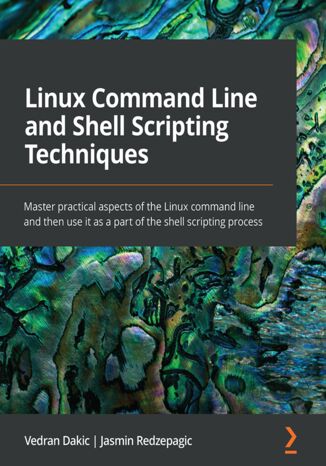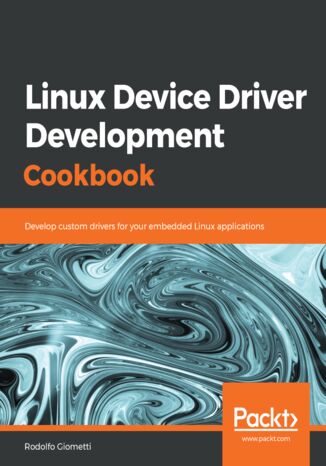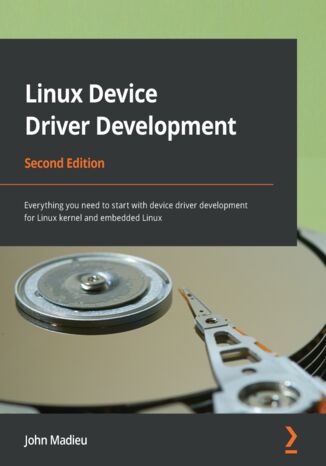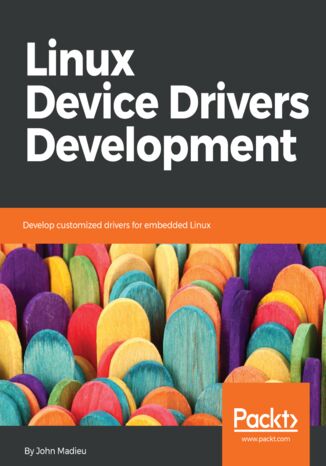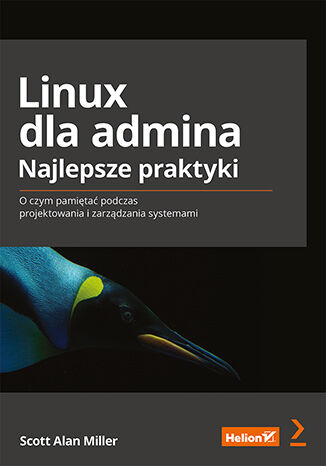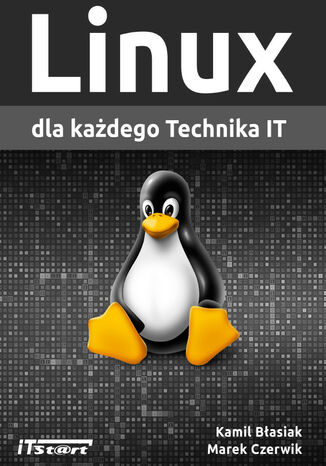Kategorien
-
- Bitcoin
- Geschäftsfrau
- Coaching
- Controlling
- E-Business
- Ökonomie
- Finanzen
- Börse und Investitionen
- Persönliche Kompetenzen
- Computer im Büro
- Kommunikation und Verhandlungen
- Kleines Unternehmen
- Marketing
- Motivation
- Multimedia-Training
- Immobilien
- Überzeugung und NLP
- Steuern
- Sozialpolitik
- Handbȕcher
- Präsentationen
- Führung
- Public Relation
- Berichte, Analysen
- Geheimnis
- Social Media
- Verkauf
- Start-up
- Ihre Karriere
- Management
- Projektmanagement
- Personal (HR)
-
- Architektura i wnętrza
- Sicherheit und Gesundheit am Arbeitsplatz
- Biznes i Ekonomia
- Haus und Garten
- E-Business
- Ekonomia i finanse
- Esoterik
- Finanzen
- Persönliche Finanzen
- Unternehmen
- Fotografie
- Informatik
- HR und Gehaltsabrechnung
- Frauen
- Computer, Excel
- Buchhaltung
- Kultur und Literatur
- Wissenschaftlich und akademisch
- Umweltschutz
- meinungsbildend
- Bildung
- Steuern
- Reisen
- Psychologie
- Religion
- Landwirtschaft
- Buch- und Pressemarkt
- Transport und Spedition
- Gesundheit und Schönheit
-
- Office-Programme
- Datenbank
- Bioinformatik
- IT Branche
- CAD/CAM
- Digital Lifestyle
- DTP
- Elektronik
- Digitale Fotografie
- Computergrafik
- Spiele
- Hacking
- Hardware
- IT w ekonomii
- Wissenschaftliche Pakete
- Schulbücher
- Computergrundlagen
- Programmierung
- Mobile-Programmierung
- Internet-Server
- Computernetzwerke
- Start-up
- Betriebssysteme
- Künstliche Inteligenz
- Technik für Kinder
- Webmaster
-
- Anthologien
- Ballade
- Biografien und Autobiografien
- Für Erwachsene
- Drama
- Tagebücher, Memoiren, Briefe
- Epos
- Essay
- Science Fiction
- Felietonys
- Fiktion
- Humor, Satire
- Andere
- Klassisch
- Krimi
- Sachbücher
- Belletristik
- Mity i legendy
- Nobelpreisträger
- Kurzgeschichten
- Gesellschaftlich
- Okultyzm i magia
- Erzählung
- Erinnerungen
- Reisen
- Gedicht
- Poesie
- Politik
- Populärwissenschaftlich
- Roman
- Historischer Roman
- Prosa
- Abenteuer
- Journalismus
- Reportage
- Romans i literatura obyczajowa
- Sensation
- Thriller, Horror
- Interviews und Erinnerungen
-
- Archäologie
- Bibliotekoznawstwo
- Filmwissenschaft
- Philologie
- Polnische Philologie
- Philosophie
- Finanse i bankowość
- Erdkunde
- Wirtschaft
- Handel. Weltwirtschaft
- Geschichte und Archäologie
- Kunst- und Architekturgeschichte
- Kulturwissenschaft
- Linguistik
- Literaturwissenschaft
- Logistik
- Mathematik
- Medizin
- Geisteswissenschaften
- Pädagogik
- Lehrmittel
- Populärwissenschaftlich
- Andere
- Psychologie
- Soziologie
- Theatrologie
- Teologie
- Theorien und Wirtschaftswissenschaften
- Transport i spedycja
- Sportunterricht
- Zarządzanie i marketing
-
- Sicherheit und Gesundheit am Arbeitsplatz
- Geschichte
- Verkehrsregeln. Führerschein
- Rechtswissenschaften
- Gesundheitswesen
- Allgemeines. Wissenskompendium
- akademische Bücher
- Andere
- Bau- und Wohnungsrecht
- Zivilrecht
- Finanzrecht
- Wirtschaftsrecht
- Wirtschafts- und Handelsrecht
- Strafrecht
- Strafrecht. Kriminelle Taten. Kriminologie
- Internationales Recht
- Internationales und ausländisches Recht
- Gesundheitsschutzgesetz
- Bildungsrecht
- Steuerrecht
- Arbeits- und Sozialversicherungsrecht
- Öffentliches, Verfassungs- und Verwaltungsrecht
- Familien- und Vormundschaftsrecht
- Agrarrecht
- Sozialrecht, Arbeitsrecht
- EU-Recht
- Industrie
- Agrar- und Umweltschutz
- Wörterbücher und Enzyklopädien
- Öffentliche Auftragsvergabe
- Management
-
- Afrika
- Alben
- Südamerika
- Mittel- und Nordamerika
- Australien, Neuseeland, Ozeanien
- Österreich
- Asien
- Balkan
- Naher Osten
- Bulgarien
- China
- Kroatien
- Tschechische Republik
- Dänemark
- Ägypten
- Estland
- Europa
- Frankreich
- Berge
- Griechenland
- Spanien
- Niederlande
- Island
- Litauen
- Lettland
- Mapy, Plany miast, Atlasy
- Miniführer
- Deutschland
- Norwegen
- Aktive Reisen
- Polen
- Portugal
- Andere
- Przewodniki po hotelach i restauracjach
- Russland
- Rumänien
- Slowakei
- Slowenien
- Schweiz
- Schweden
- Welt
- Türkei
- Ukraine
- Ungarn
- Großbritannien
- Italien
-
- Lebensphilosophien
- Kompetencje psychospołeczne
- zwischenmenschliche Kommunikation
- Mindfulness
- Allgemeines
- Überzeugung und NLP
- Akademische Psychologie
- Psychologie von Seele und Geist
- Arbeitspsychologie
- Relacje i związki
- Elternschafts- und Kinderpsychologie
- Problemlösung
- Intellektuelle Entwicklung
- Geheimnis
- Sexualität
- Verführung
- Aussehen ind Image
- Lebensphilosophien
-
- Bitcoin
- Geschäftsfrau
- Coaching
- Controlling
- E-Business
- Ökonomie
- Finanzen
- Börse und Investitionen
- Persönliche Kompetenzen
- Kommunikation und Verhandlungen
- Kleines Unternehmen
- Marketing
- Motivation
- Immobilien
- Überzeugung und NLP
- Steuern
- Sozialpolitik
- Handbȕcher
- Präsentationen
- Führung
- Public Relation
- Geheimnis
- Social Media
- Verkauf
- Start-up
- Ihre Karriere
- Management
- Projektmanagement
- Personal (HR)
-
- Anthologien
- Ballade
- Biografien und Autobiografien
- Für Erwachsene
- Drama
- Tagebücher, Memoiren, Briefe
- Epos
- Essay
- Science Fiction
- Felietonys
- Fiktion
- Humor, Satire
- Andere
- Klassisch
- Krimi
- Sachbücher
- Belletristik
- Mity i legendy
- Nobelpreisträger
- Kurzgeschichten
- Gesellschaftlich
- Okultyzm i magia
- Erzählung
- Erinnerungen
- Reisen
- Poesie
- Politik
- Populärwissenschaftlich
- Roman
- Historischer Roman
- Prosa
- Abenteuer
- Journalismus
- Reportage
- Romans i literatura obyczajowa
- Sensation
- Thriller, Horror
- Interviews und Erinnerungen
-
- Archäologie
- Philosophie
- Wirtschaft
- Handel. Weltwirtschaft
- Geschichte und Archäologie
- Kunst- und Architekturgeschichte
- Kulturwissenschaft
- Literaturwissenschaft
- Mathematik
- Medizin
- Geisteswissenschaften
- Pädagogik
- Lehrmittel
- Populärwissenschaftlich
- Andere
- Psychologie
- Soziologie
- Teologie
- Zarządzanie i marketing
-
- Lebensphilosophien
- zwischenmenschliche Kommunikation
- Mindfulness
- Allgemeines
- Überzeugung und NLP
- Akademische Psychologie
- Psychologie von Seele und Geist
- Arbeitspsychologie
- Relacje i związki
- Elternschafts- und Kinderpsychologie
- Problemlösung
- Intellektuelle Entwicklung
- Geheimnis
- Sexualität
- Verführung
- Aussehen ind Image
- Lebensphilosophien
- E-Books
- Informatik
- Betriebssysteme
Betriebssysteme
In dieser Kategorie unserer Online-Bibliothek finden Sie Bücher zu Betriebssystemen. Einige von ihnen sind eine Einführung in Software wie Windows, Linux oder Android. Andere befassen sich mit technischeren Fragen bezüglich der Konfiguration dieser Systeme und der auf ihnen verwendeten Tools, wie z. B. Ansible.
This book is an updated version of LearningServiceNow, that will cover the new andupdated features of the ServiceNow platform.It will show you how to put importantServiceNow features to work in the realworld, while introducing key concepts viaexamples of managing and automating ITservices. It'll help you build a solid foundationof knowledge, and will demonstrate how toeffectively implement and configure moduleswithin ServiceNow. We'll show you how toconfigure and administer your instance,and then move on to building strong userinterfaces and creating powerful workflows.We also cover other key elements ofServiceNow, such as notifications, security,reporting, and custom development. Youwill learn how to improve and automate yourbusiness' workflow and processes. By the endof this book, you will be able to successfullyconfigure and manage ServiceNow like a pro.
This book shows you how to put important ServiceNow features to work in the real world. We will introduce key concepts and examples on managing and automating IT services, and help you build a solid foundation towards this new approach. We’ll demonstrate how to effectively implement various system configurations within ServiceNow. We’ll show you how to configure and administer your instance, and then move on to building strong user interfaces and creating powerful workflows. We also cover other key elements of ServiceNow, such as alerts and notifications, security, reporting, and custom development. You will learn how to improve your business’ workflow, processes, and operational efficiency. By the end of this book, you will be able to successfully configure and manage ServiceNow within your organization.
Learning Windows Server Containers. Build and deploy high-quality portable apps faster
Windows Server Containers are independent, isolated, manageable and portable application environments which are light weight and shippable. Decomposing your application into smaller manageable components or MicroServices helps in building scalable and distributed application environments. Windows Server Containers have a significant impact on application developers, development operations (DevOps) and infrastructure management teams. Applications can be built, shipped and deployed in a fast-paced manner on an easily manageable and updatable environment.Learning Windows Server Containers teaches you to build simple to advanced production grade container based application using Asp.Net Core, Visual Studio, Azure, Docker and PowerShell technologies. The book teaches you to build and deploy simple web applications as Windows and Hyper-V containers on Windows 10 and Windows Server 2016 on Azure. You will learn to build on top of Windows Container Base OS Images, integrate with existing images from Docker Hub, create custom images and publish to Hub. You will also learn to work with storage containers built using Volumes and SQL Server as container, create and configure custom networks, integrate with Redis Cache containers, configure continuous integration and deployment pipelines using VSTS and Git Repository. Further you can also learn to manage resources for a container, setting up monitoring and diagnostics, deploy composite container environments using Docker Compose on Windows and manage container clusters using Docker Swarm. The last chapter of the book focuses on building applications using Microsoft’s new and thinnest server platform – Nano Servers.
Linux is a well-known, open source Unix-family operating system that is the most widely used OS today. Linux looks set for a bright future for decades to come, but system administration is rarely studied beyond learning rote tasks or following vendor guidelines. To truly excel at Linux administration, you need to understand how these systems work and learn to make strategic decisions regarding them.Linux Administration Best Practices helps you to explore best practices for efficiently administering Linux systems and servers. This Linux book covers a wide variety of topics from installation and deployment through to managing permissions, with each topic beginning with an overview of the key concepts followed by practical examples of best practices and solutions. You'll find out how to approach system administration, Linux, and IT in general, put technology into proper business context, and rethink your approach to technical decision making. Finally, the book concludes by helping you to understand best practices for troubleshooting Linux systems and servers that'll enable you to grow in your career as well as in any aspect of IT and business.By the end of this Linux administration book, you'll have gained the knowledge needed to take your Linux administration skills to the next level.
Linux Administration Cookbook. Insightful recipes to work with system administration tasks on Linux
Linux is one of the most widely used operating systems among system administrators,and even modern application and server development is heavily reliant on the Linux platform.The Linux Administration Cookbook is your go-to guide to get started on your Linux journey. It will help you understand what that strange little server is doing in the corner of your office, what the mysterious virtual machine languishing in Azure is crunching through, what that circuit-board-like thing is doing under your office TV, and why the LEDs on it are blinking rapidly.This book will get you started with administering Linux, giving you the knowledge and tools you need to troubleshoot day-to-day problems, ranging from a Raspberry Pi to a server in Azure, while giving you a good understanding of the fundamentals of how GNU/Linux works.Through the course of the book, you’ll install and configure a system, while the author regales you with errors and anecdotes from his vast experience as a data center hardware engineer, systems administrator, and DevOps consultant.By the end of the book, you will have gained practical knowledge of Linux, which will serve as a bedrock for learning Linux administration and aid you in your Linux journey.
Dobrą opinię Linux zawdzięcza takim zaletom jak otwarte źródła, różnorodność dystrybucji, elastyczność i wszechstronność. Dziś większość platform przetwarzania w chmurze opiera się na systemach linuksowych. Dlatego każdy, kto chce efektywnie pracować w powstających centrach danych, powinien dobrze go poznać. Niezależnie od tego Linux wciąż świetnie się sprawdza w środowiskach sieciowych lub jako serwer WWW. Ceni się go w pracy biurowej czy jako wygodny, kompleksowy warsztat programisty. Administrowanie systemem i automatyzacja pracy są dość proste, a najnowsze technologie - w pełni dostępne. Przedstawiamy dziesiąte wydanie kultowej książki o Linuksie. Jest napisana tak, aby każdy mógł jak najszybciej rozpocząć pracę z tym systemem, zabezpieczyć go i sprawnie nim administrować. Duży nacisk położono na korzystanie ze skryptów powłoki i naukę ręcznej edycji plików konfiguracyjnych. Opisano najważniejsze dystrybucje Linuksa - skoncentrowano się na Red Hat, Fedorze i Ubuntu. Sporo uwagi poświęcono technologiom chmury w różnych środowiskach, a także konteneryzacji aplikacji. Znalazło się tu mnóstwo przykładów, ćwiczeń, wskazówek, jak również ostrzeżeń przed ewentualnymi błędami. Dzięki tej obszernej, znakomicie przygotowanej i praktycznej publikacji nawet początkujący zdobędą wiedzę i umiejętności wymagane od najlepszych profesjonalistów. W książce między innymi: historia Linuksa i jego zastosowanie w codziennej pracy w systemie biurowym powłoka, skrypty powłoki i interfejs Cockpit korzystanie z różnych serwerów Linuksa zapewnienie bezpieczeństwa w systemie Linux różne środowiska chmurowe i konfiguracja hipernadzorcy scenariusze Ansible i Kubernetes w ogromnych centrach danych Linux: poznaj i zastosuj w nowoczesnych systemach!
Vedran Dakic, Jasmin Redzepagic
Linux Command Line and Shell Scripting Techniques begins by taking you through the basics of the shell and command-line utilities. You’ll start by exploring shell commands for file, directory, service, package, and process management. Next, you’ll learn about networking - network, firewall and DNS client configuration, ssh, scp, rsync, and vsftpd, as well as some network troubleshooting tools. You’ll also focus on using the command line to find and manipulate text content, via commands such as cut, egrep, and sed. As you progress, you'll learn how to use shell scripting. You’ll understand the basics - input and output, along with various programming concepts such as loops, variables, arguments, functions, and arrays. Later, you’ll learn about shell script interaction and troubleshooting, before covering a wide range of examples of complete shell scripts, varying from network and firewall configuration, through to backup and concepts for creating live environments. This includes examples of performing scripted virtual machine installation and administration, LAMP (Linux, Apache, MySQL, PHP) stack provisioning and bulk user creation for testing environments.By the end of this Linux book, you’ll have gained the knowledge and confidence you need to use shell and command-line scripts.
Linux is a unified kernel that is widely used to develop embedded systems. As Linux has turned out to be one of the most popular operating systems worldwide, the interest in developing proprietary device drivers has also increased. Device drivers play a critical role in how the system performs and ensure that the device works in the manner intended. By exploring several examples on the development of character devices, the technique of managing a device tree, and how to use other kernel internals, such as interrupts, kernel timers, and wait queue, you’ll be able to add proper management for custom peripherals to your embedded system.You’ll begin by installing the Linux kernel and then configuring it. Once you have installed the system, you will learn to use different kernel features and character drivers. You will also cover interrupts in-depth and understand how you can manage them. Later, you will explore the kernel internals required for developing applications. As you approach the concluding chapters, you will learn to implement advanced character drivers and also discover how to write important Linux device drivers.By the end of this book, you will be equipped with the skills you need to write a custom character driver and kernel code according to your requirements.
Linux is by far the most-used kernel on embedded systems. Thanks to its subsystems, the Linux kernel supports almost all of the application fields in the industrial world. This updated second edition of Linux Device Driver Development is a comprehensive introduction to the Linux kernel world and the different subsystems that it is made of, and will be useful for embedded developers from any discipline.You'll learn how to configure, tailor, and build the Linux kernel. Filled with real-world examples, the book covers each of the most-used subsystems in the embedded domains such as GPIO, direct memory access, interrupt management, and I2C/SPI device drivers. This book will show you how Linux abstracts each device from a hardware point of view and how a device is bound to its driver(s). You’ll also see how interrupts are propagated in the system as the book covers the interrupt processing mechanisms in-depth and describes every kernel structure and API involved. This new edition also addresses how not to write device drivers using user space libraries for GPIO clients, I2C, and SPI drivers.By the end of this Linux book, you’ll be able to write device drivers for most of the embedded devices out there.
Linux Device Drivers Development. Develop customized drivers for embedded Linux
Linux kernel is a complex, portable, modular and widely used piece of software, running on around 80% of servers and embedded systems in more than half of devices throughout the World. Device drivers play a critical role in how well a Linux system performs. As Linux has turned out to be one of the most popular operating systems used, the interest in developing proprietary device drivers is also increasing steadily.This book will initially help you understand the basics of drivers as well as prepare for the long journey through the Linux Kernel. This book then covers drivers development based on various Linux subsystems such as memory management, PWM, RTC, IIO, IRQ management, and so on. The book also offers a practical approach on direct memory access and network device drivers.By the end of this book, you will be comfortable with the concept of device driver development and will be in a position to write any device driver from scratch using the latest kernel version (v4.13 at the time of writing this book).
Linux dla admina. Najlepsze praktyki. O czym pamiętać podczas projektowania i zarządzania systemami
Popularność systemów linuksowych cały czas rośnie. Mimo to bardzo niewielu administratorów stara się dokładnie opanować sztukę zarządzania Linuksem, większość ogranicza się do kilku rutynowych zadań. Tak administrowane systemy oczywiście mogą dłuższy czas działać poprawnie, jednak dopiero dogłębne zapoznanie się ze sposobem działania Linuksa pozwoli na pełniejsze skorzystanie z jego niesamowitych możliwości. To książka przeznaczona dla profesjonalnych administratorów i użytkowników Linuksa. Dzięki niej szybciej zrozumiesz, w jakim stopniu dobre zarządzanie systemami na poziomie systemu operacyjnego może wynieść działanie infrastruktury biznesowej na zupełnie inny poziom. Znajdziesz tu najlepsze praktyki zarządzania systemami ― począwszy od wyboru optymalnej dystrybucji Linuksa, poprzez zaprojektowanie architektury systemu, skończywszy na strategiach zarządzania przeprowadzanymi w nim poprawkami i aktualizacjami. Sporo miejsca poświęcono różnym metodom automatyzacji części zadań administratora, a także schematom tworzenia kopii zapasowych i odzyskiwania danych po awarii. Zaproponowano również ciekawe podejście do rozwiązywania problemów, dzięki któremu można szybciej uzyskać satysfakcjonujące rozwiązanie i uniknąć poważniejszych szkód. Najciekawsze zagadnienia: kim jest administrator systemu i znaczenie tej roli w organizacji ocena ryzyka podczas administrowania systemami najlepsze praktyki w pracy z technologiami związanymi z Linuksem nadawanie priorytetów i prowadzenie segregacji planowanie katastrofy i procedury odzyskiwania po awarii Zostań mistrzem wśród adminów Linuksa!
Linux dla każdego Technika IT to książka w głównej myśli kierowana do każdego ucznia oraz studenta uczącego się na kierunku informatycznym lub pokrewnym. Krótko mówiąc dla wszystkich, którzy na co dzień nie pracują z systemem Linux, a chcą się nauczyć jego obsługi zarówno za pośrednictwem interfejsu graficznego jak i tekstowego. Tematyka książki jest bardzo szeroka. Przygotowuje użytkownika do instalacji systemu i konfiguracji: sprzętu, sieci, środowiska pracy, użytkowników. Pokazuje jak pracować z plikami, stosować uprawnienia, a także tworzyć skrypty systemowe. W treści poruszone też zostały kwestie związane z bezpieczeństwem sytemu oraz danych. Na końcu książki znajduje się próbny egzamin zawodowy, w którym każde pytanie poddane zostaje szczegółowej analizie w wyniku której, prezentowana jest poprawna odpowiedź, co stanowi wartość dodaną zarówno dla ucznia jak i nauczyciela. Znajdziemy tutaj również wykaz najważniejszych poleceń systemowych – niezbędnych do codziennej pracy.

